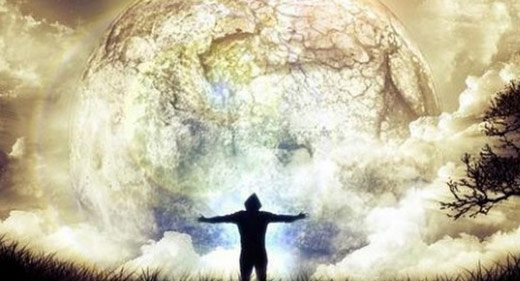by Lauren Williams: Namaste is a sanskrit word used as a respectful greeting…
The word is accompanied by the physical gesture of placing hand together, as if in prayer, over your heart chakra and with your head slightly bowed towards your hands.
The gesture acknowledges there is a divine spark within each of us. “Nama” means bow, “As” means I and “Te” means you; Namaste translates to “I bow to you.” When we bow down, we essentially recognise the light within all of us; we offer our unconditional respect, knowing that ultimately we are all equal.
The physical motions that are displayed with Namaste have a deep rooted meaning and respect to whoever you are gesturing it to. It is said in Indian culture that bowing your head towards the earth helps you to be relieved of any society-constructed judgements of the other person. It levels you out and let’s you start afresh when coming into contact with the other person, focusing the mind on the fact that all individuals are special, as you recognise the source of all creation within that individual. It is an offering to the other person as it explains to them that you are accepting them unconditionally. In fact, it is said that the gesture of Namaste is making yourself into an offering for the other person, reaching out with your inner divine light, to their inner divine light.
The placement of the hands has a profound meaning within Namaste. The hands are full to the brim of nerve endings and can be as expressive, if not more expressive then the voice. Indian culture explains that when the hands are placed together, all energies are levelled out evenly; this is especially important and emotive in Namaste as the hands are placed over the heart chakra. This is so important when approaching someone, as your likes, dislikes, expectations, wants and desires are all levelled out to an even keel, so your interaction with the other person is ultimately authentic.
In regards to the practice of Yoga, Namaste is used as a connection tool to all class members and teachers. Yoga is centred around the understanding that all individuals are ultimately connected through human emotions and experiences. By starting and ending your practice with Namaste, you are physically establishing that connection and focusing on the fact that we are all unique and that we are all connected. It is also an opportunity to focus on the truth and reality that we are all one and live through the heart. The teacher initiates Namaste as a symbol of respect to his or her own teacher and to the students; the students then reciprocate and use Namaste as a profound sign of respect towards the teacher and the other class members.
The gesture of Namaste can also be seen as a form of meditation. By holding your hands over your heart chakra, bowing your head and closing your eyes, you are in the perfect position to carry out a peaceful and personal moment of meditation inwards towards the heart.
The wonderful thing about Namaste is that it can be translated into whichever way suits you at the specific time in your life. For example, some explain Namaste as “The divine in me, bows at the divine in you” or “the light in me honours the light in you – in this place together, we are one”, others see it as bowing to the innate goodness at the core of another person. Any way you wish to see it should resonate and respect you and whomever you are bowing to.









































